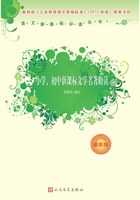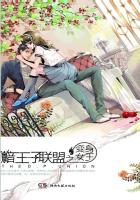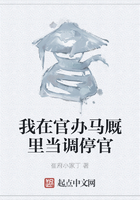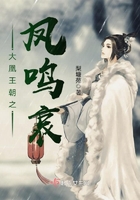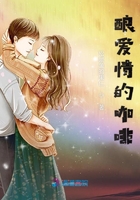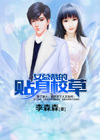"We have learned, in the course of our lessons, a great many things, in a simple way, about our body, both in regard to its structure and the work it has to do.
We shall now enter into a more detailed investigation of the functions of the principal vital organs.
The body is a sort of living machine. Some part or other of it is always at work, night and day, sleeping and waking; for even when we are asleep the heart and lungs cannot rest-their work must go on, and that work must be guided and controlled by some part of the nervoussystem.
We know too, from our earlier lessons, that all bodily work is done at the expense of the substance of the body itself. Every act of our daily life, the movement even of a finger, the flashing of a single thought through the brain, or the blinking of an eyelid, destroys some of the substance of the body.
Think of a steam-engine at work. It is the fuel in its furnace and the water in its boiler that enable it to perform its work, but the living machine works at the expense of its own substance. Each little particle of brain,nerve, muscle, or skin, moreover, having once performed a certain work, becomes henceforth worn-out, dead matter. Our body lives by dying-some part of the body is dying every moment. Notwithstanding this constant destruction of the substance of the body, a person in good health varies very little in size and weight for years. The reason for this is that all over the body there is not only constant waste, but constant renewal. Bit by bit, every part of the body-muscle, brain, bone-is not only being destroyed by work done, but, as it is destroyed, it is renewed or built up again in its original form.
This building-up work is done by the blood. If I prick myself in any part of my body, blood will flow. There is blood in all parts of the body, and it is this blood which builds up what has been worn out. It carries all the materials for building the various tissues.
To the muscles it gives certain particular materials for making muscle; to the bones it gives up other materials for making bone; in the brain and nerves it leaves other materials again for making nerve matter, and so on. But it never leaves bone-making materials for building upmuscle, brain, or nerve; nor does it take to the ear what iswanted for the eye. It never makes mistakes.
We know that there is blood all over the body. But this blood does not stand in the body, as water stands in some vessel; nor is it still and stagnant. It is a restless stream, incessantly on the move, bringing to every partthe materials required for building purposes, and carrying away whatever is no longer wanted there. As long as life lasts this stream of the blood must flow on.
We say that the blood circulates. We mean to say by this that it does not merely pass through the body like a stream and disappear, but is carried round and round, over and over again, very much in the sameway as the hot water circulates through the pipes provided for it in a large building. This thought leads us to the fact that the blood itself circulates through a system of pipes. These pipes commence at the heart, and form a complete circuit through the body and back to the heart again, penetrating into every part except the nails, the hair, and the enamel coating of the teeth. Our hair and nails do not bleed when they are cut.
These pipes have the one common name-blood- vessels, although they are not alike, either in structure or the work they have to do.
The heart is the center of the circulation. Those blood- vessels through which blood flows from the heart to other parts of the body are called arteries. Those which bring blood back again to the heart are veins.
Both arteries and veins branch out continually into smaller and smaller vessels the farther theyget from the heart. Between the smallest branches of the arteries and veins are multitudes of extremely fine tubes, like the most delicate hollow hairs. These are called capillaries.
The word capillary, as you know, comes from a word that means a hair.
The constant stream of the blood, then, flows from the heart, along the arteries, into every part of the body. The arteries are continually splitting up into smaller and smaller branching tubes, until at last they become the merest hair-like vessels, the capillaries.
The blood continues to flow through these capillaries,and is collected up, as it flows, by the smallest branches of the veins. The veins gradually unite into larger and larger pipes, as they get nearer the heart, and at last discharge the blood which they carry into the heart itself. From what we have already said about the heart, you will be prepared to learn that it is a hollow vessel. You have all, I suppose, seen a sheep"s heart.
It will be sufficient for us now to remember that the heart does the work of a pump. It is constantly at work pumping blood into the arteries. From the first dawn of life till death takes us, the heart never rests for a single minute from its pumping.


